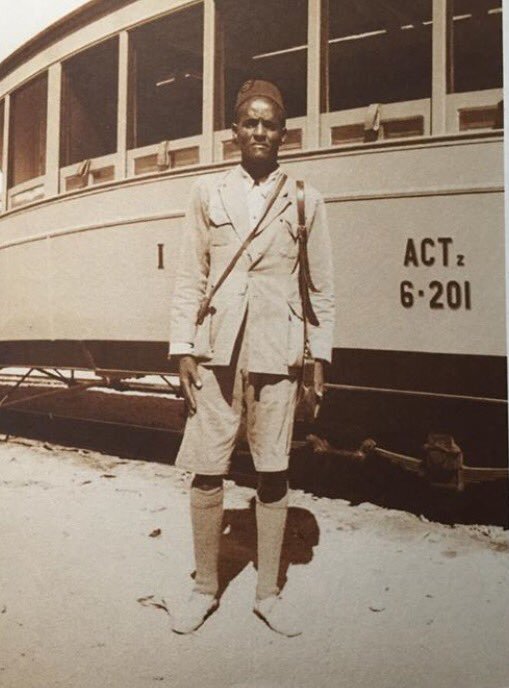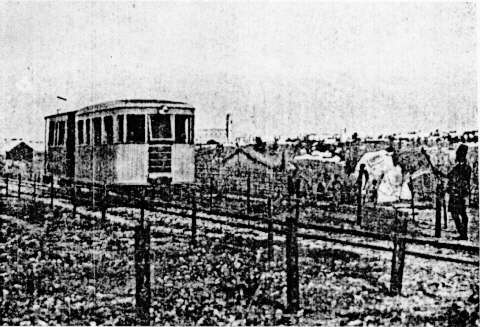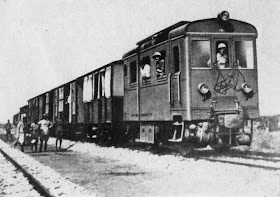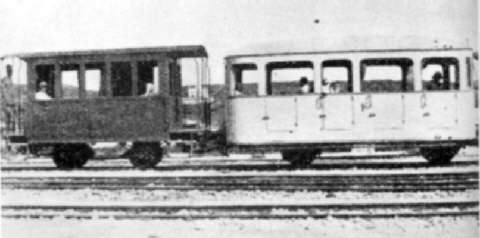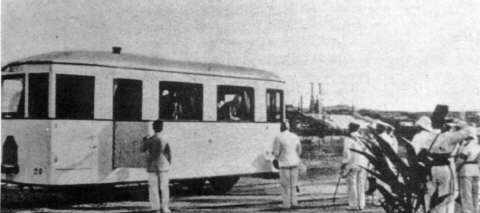Prince of Lasanod
Eid trim pending
In 1930, an Italian firm called "Società Saline e Industrie della Somalia settentrionale Migiurtina" ("Saline Companies and Industries of Northern Somalia Migiurtina") invested huge capital to exploit salt deposits in Dante and Hurdiyo. The Hafun Salt Factory was created and was the main producing facility of sea salt on the world in the 1930s. By 1933 or 1934, the Dante salt works were producing more than 200,000 metric tons of salt, most of which was exported to India & the Far East.
The industrial facility gave work to 600 Italians and 2000 natives (nearly all the native males in Hafun), giving a huge boost to the local Somalian economy: Dante grew to more than 5000 inhabitants in 1939. Electrical plants were built in the Dante area for the facility, together with an acqueduct, solving the semi-desert area problems for the first time in its history. The production reached nearly half a million tons per year in the late 1930s and was supposed to increase in the 1940s, but World War II stopped it.
Soon after the First World War, the Italians realized that the shallow bay of Hafun, which had a long, low beach along the mainland side, was a perfect place for a large salt works. The "Società Saline e Industrie della Somalia Settentrionale" built on both sides of the peninsula of Ras Hafun (Hafun and Hurdiyo) what would be the largest salt-works in the world. The firm, constituted in Milan in 1922, rebuilt a town for 5,000 inhabitants in what was ancient Hafun and called it with the name "Dante". Construction began in 1922 and was completed by 1929. In 1931, production began at the salt factory and soon the enterprise at Ras Hafun was exporting by sea over three hundred thousand tons of salt a year for industrial use. In 1941, during World War II, the British, who had lost British Somaliland to an Italian attack, sent north into Somalia from Kenya an expeditionary force that captured all of Italian East Africa and in the process destroyed the salt works.Wikimapia[3]
The salt was treated with a total of 27.0 km (16.8 mi) long Ropeway conveyor of the salt pans: about 14.0 km (8.7 mi) were across the lagoon to a station on the opposite bank, and then another 16.0 km (9.9 mi) were to the Treatment plant at Dante.
From there, the cable car went to be up to 1.5 km (0.93 mi) into the sea extending loading facilities. The cable car and the rope way was built around 1925, by the German company "Ernst Heckel".[4] The British destroyed the salt factory in 1941 during their conquest of Italian Somalia and since then the productivity has been reduced to a minimal activity until the 1950s, when was totally abandoned. The result was that Hafun in the 1970s was reduced to a small village of nearly 500 native inhabitants surviving mainly on fishing.
The industrial facility gave work to 600 Italians and 2000 natives (nearly all the native males in Hafun), giving a huge boost to the local Somalian economy: Dante grew to more than 5000 inhabitants in 1939. Electrical plants were built in the Dante area for the facility, together with an acqueduct, solving the semi-desert area problems for the first time in its history. The production reached nearly half a million tons per year in the late 1930s and was supposed to increase in the 1940s, but World War II stopped it.
Soon after the First World War, the Italians realized that the shallow bay of Hafun, which had a long, low beach along the mainland side, was a perfect place for a large salt works. The "Società Saline e Industrie della Somalia Settentrionale" built on both sides of the peninsula of Ras Hafun (Hafun and Hurdiyo) what would be the largest salt-works in the world. The firm, constituted in Milan in 1922, rebuilt a town for 5,000 inhabitants in what was ancient Hafun and called it with the name "Dante". Construction began in 1922 and was completed by 1929. In 1931, production began at the salt factory and soon the enterprise at Ras Hafun was exporting by sea over three hundred thousand tons of salt a year for industrial use. In 1941, during World War II, the British, who had lost British Somaliland to an Italian attack, sent north into Somalia from Kenya an expeditionary force that captured all of Italian East Africa and in the process destroyed the salt works.Wikimapia[3]
The salt was treated with a total of 27.0 km (16.8 mi) long Ropeway conveyor of the salt pans: about 14.0 km (8.7 mi) were across the lagoon to a station on the opposite bank, and then another 16.0 km (9.9 mi) were to the Treatment plant at Dante.
From there, the cable car went to be up to 1.5 km (0.93 mi) into the sea extending loading facilities. The cable car and the rope way was built around 1925, by the German company "Ernst Heckel".[4] The British destroyed the salt factory in 1941 during their conquest of Italian Somalia and since then the productivity has been reduced to a minimal activity until the 1950s, when was totally abandoned. The result was that Hafun in the 1970s was reduced to a small village of nearly 500 native inhabitants surviving mainly on fishing.


